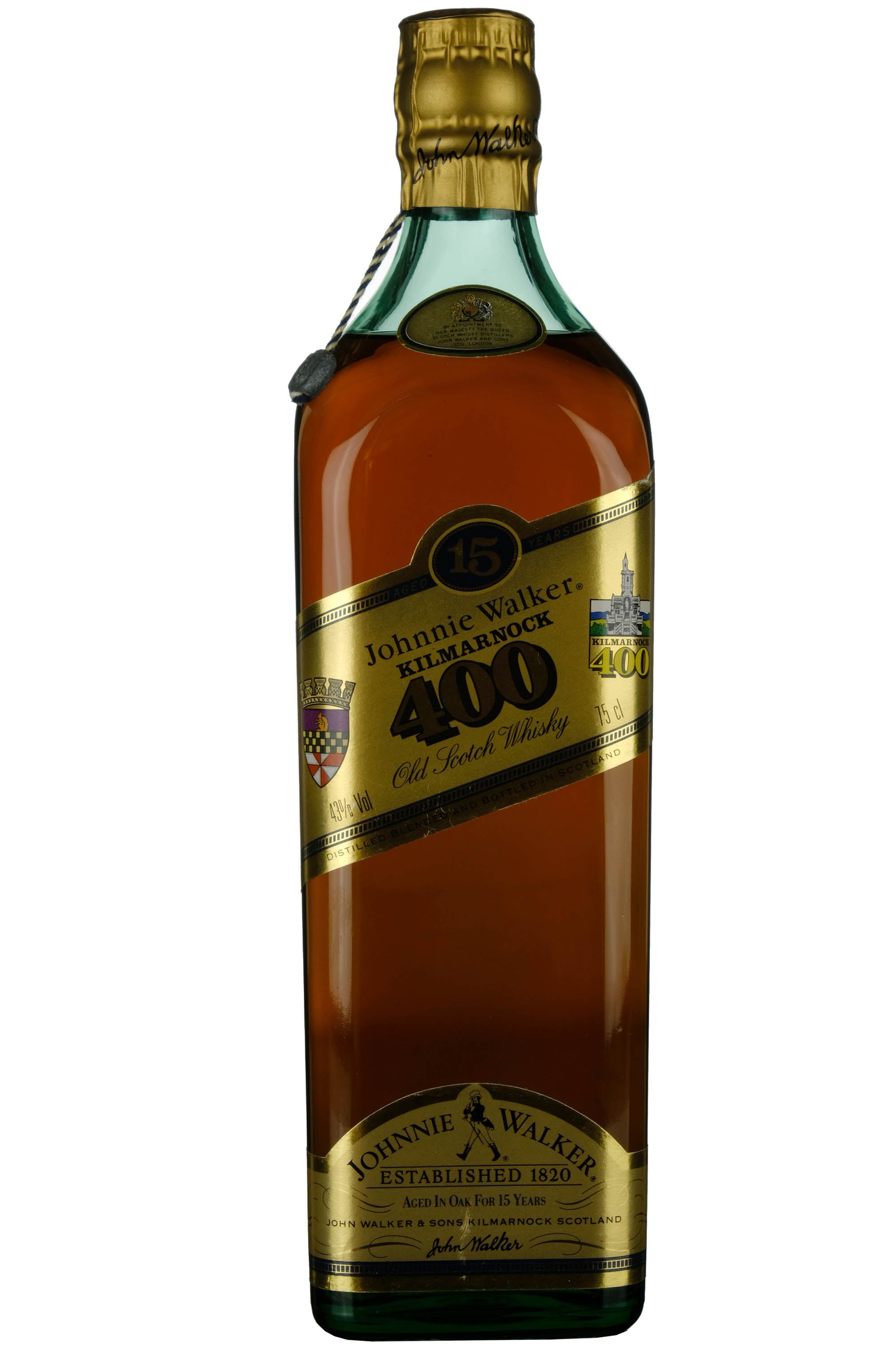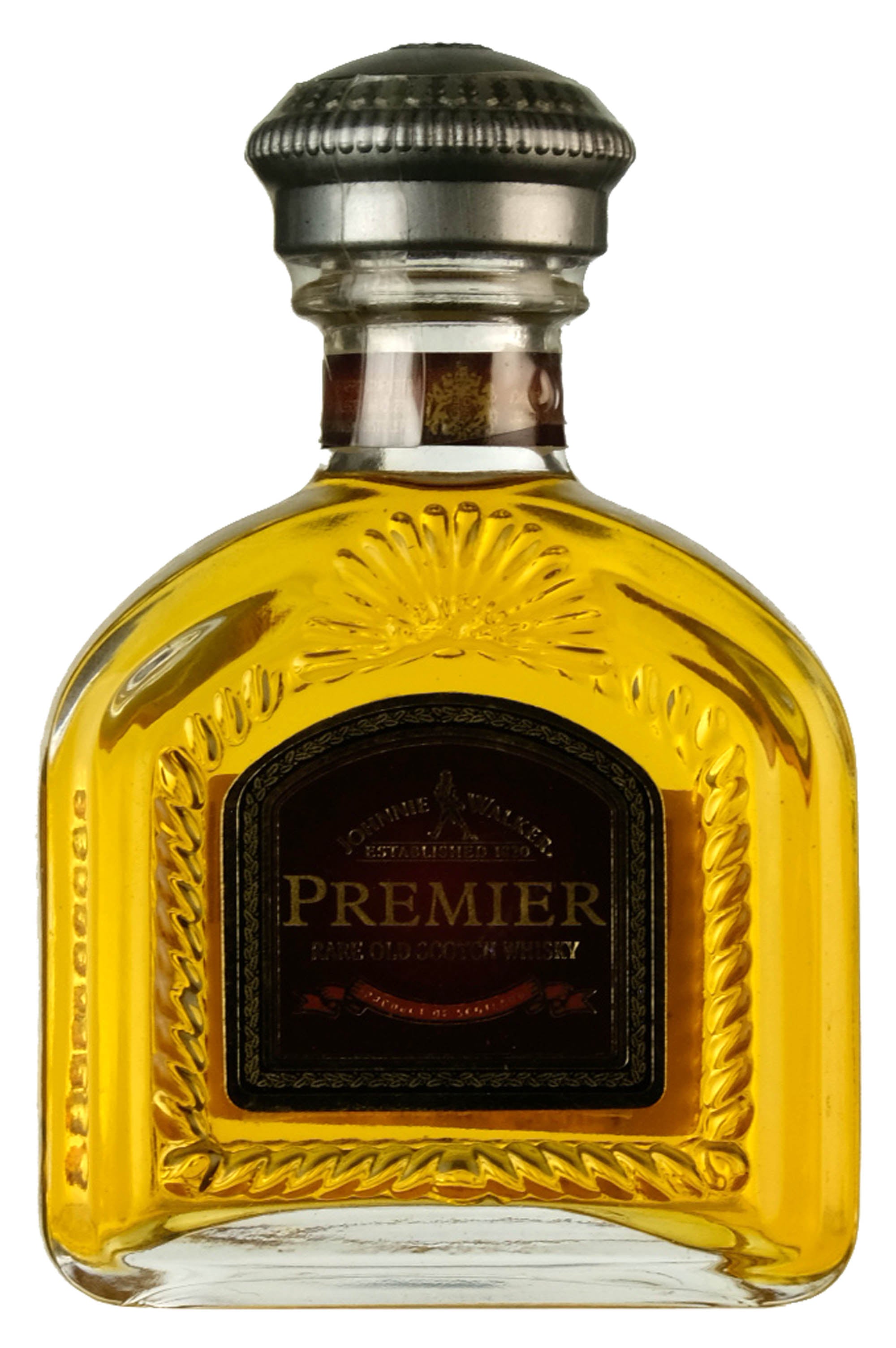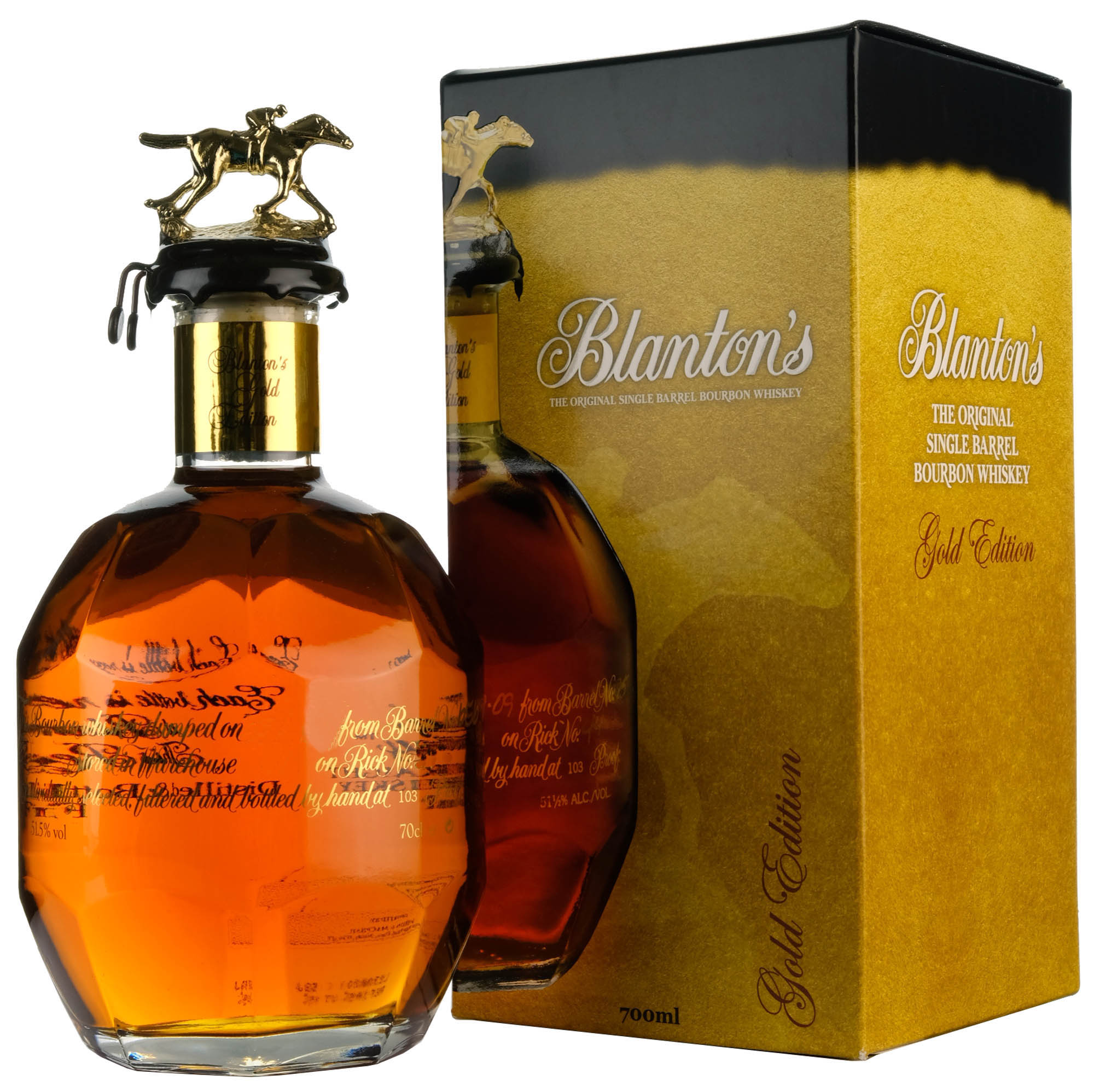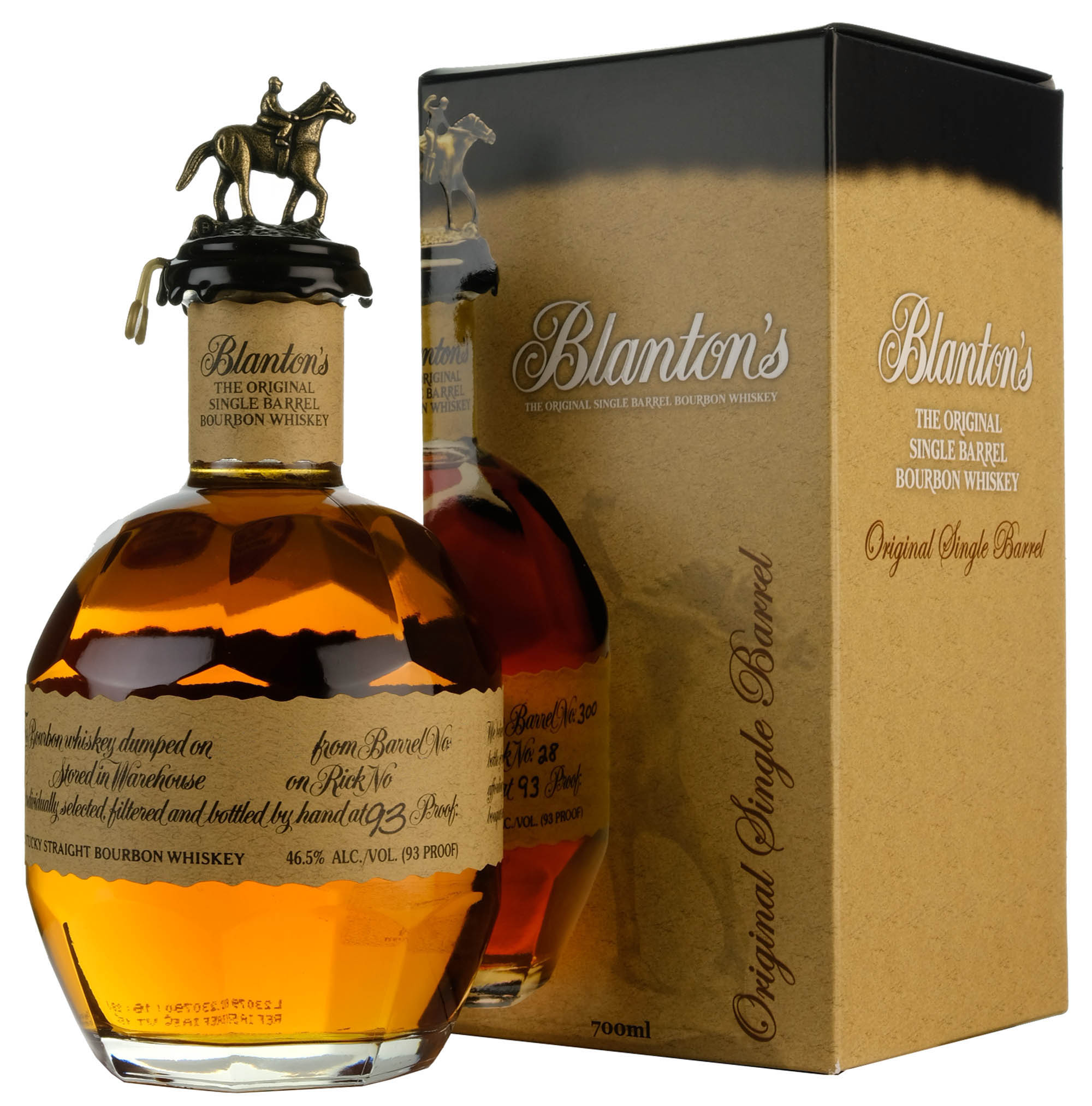This was a Christmas present for my husband but I managed to get a wee dram. What a beautiful whisky! I don’t like smoky whisky but whist this had a background hint of smoky liquorice flavour, I loved it. When I first read about the flavours on the label, I smiled because I couldn’t imagine being able to taste all of that in a whisky (I’m a complete novice) but I could taste most of them - and they are amazing! My husband loves it and is taking it slowly to savour every drop, but I was allowed another dram to welcome the New Year. I have bought whisky from the Whisky Online Shop before and it has always been fabulous whisky at a good price. I will be back for more.
Another stunning 100% proof offering from Signatory Vintage at a very reasonable price.
Great product, with a good blend of cream, spices and Kentucky Bourbon, provides a quality product with a kick!
A superb whisky for the price. And a wise decision to use refill butts, as there are some delightfully unique subleties to this whisky that are thankfully not overwhelmed by the casks.
Lovely smoky dram abd the usual excellent level of service from Whisky-Online Shop.





















